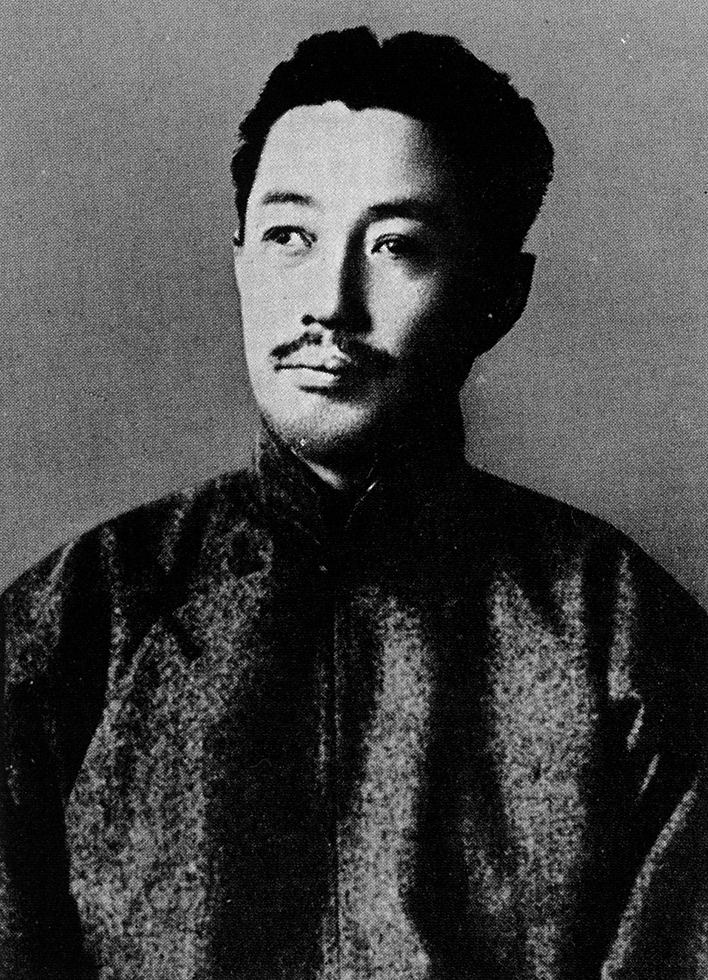The War with China, Part 1
After the Marco Polo Bridge Incident which sparked the Second Sino-Japanese War, the Japanese Imperial Army and Navy would press on to take Shanghai, Nanjing, and Xuzhou, driving Chinese defenders back and committing horrific war crimes and atrocities along the way.




Recent Comments